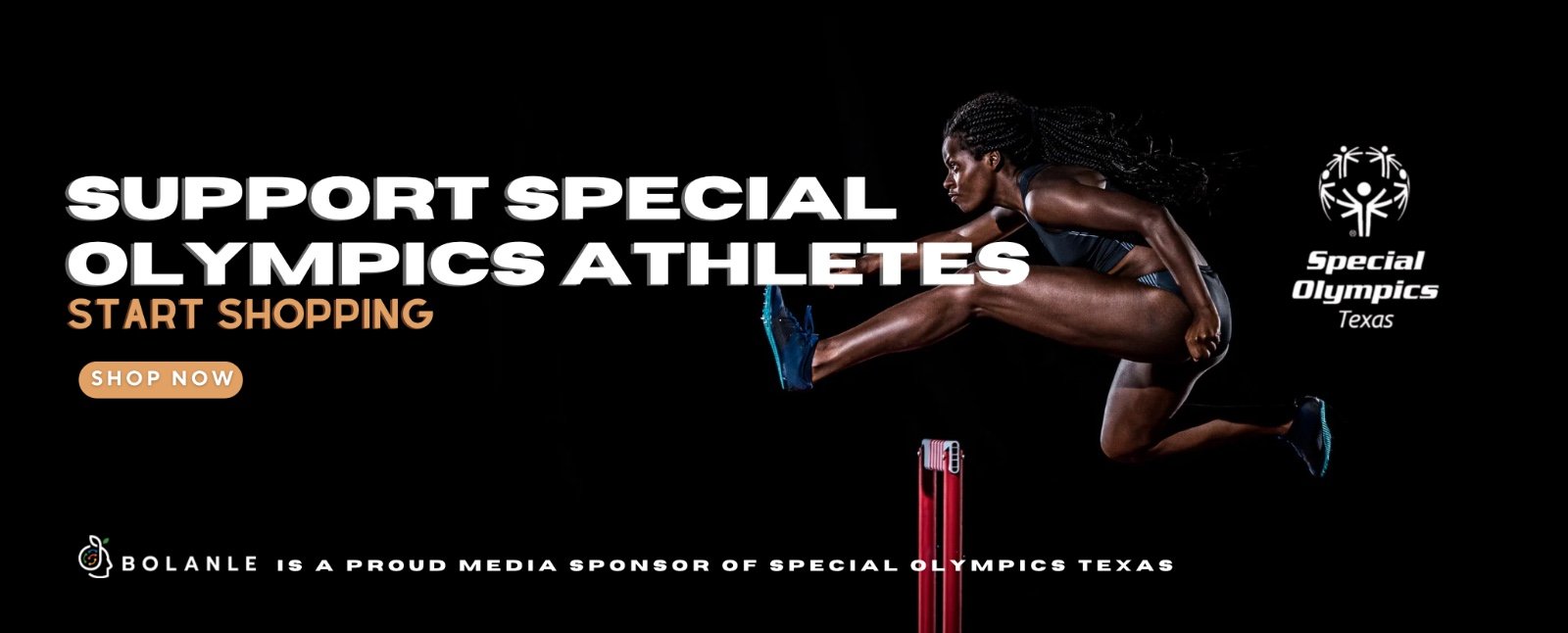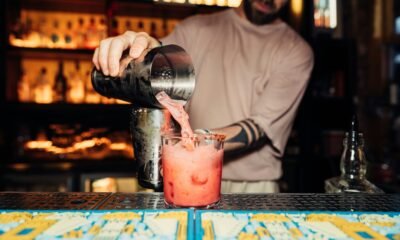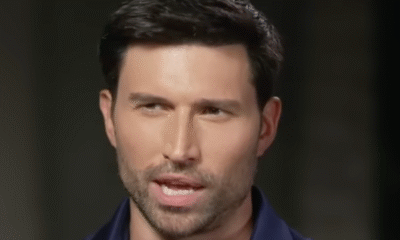Health
States Move to Restrict Junk Food Purchases
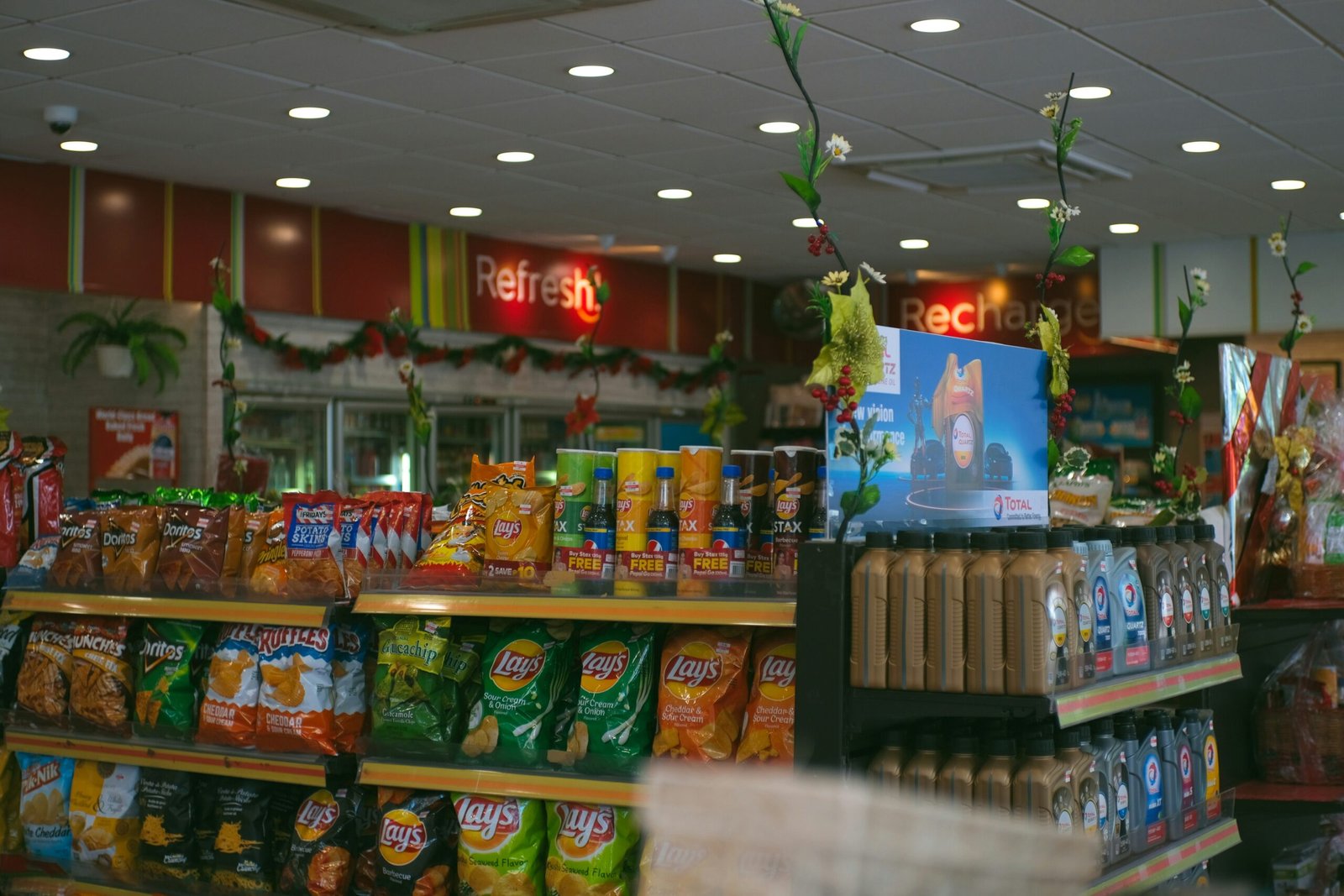
Efforts to reform the Supplemental Nutrition Assistance Program (SNAP) are gaining momentum in several Republican-led states, as lawmakers propose measures to ban the purchase of junk food such as soda, candy, chips, and cookies using food stamps. These initiatives aim to promote healthier eating habits among low-income families while ensuring taxpayer dollars are spent on nutritious foods.

Texas Leads the Charge
Texas Senate Bill 379 (SB 379), authored by State Senator Mayes Middleton, seeks to prohibit SNAP recipients from using benefits for energy drinks, sweetened beverages, candy, chips, and cookies. Middleton emphasized that SNAP should return to its original intent of providing nutritious food essential for health and well-being. The bill has passed the Texas Senate and now moves to the House for further consideration. Similar bills have been introduced in the Texas House, including bipartisan proposals targeting sugary snacks and beverages.
Idaho Sets a Precedent
Idaho is poised to become the first state to enact such a restriction. House Bill 109, which bans candy and soda purchases with SNAP benefits, has passed both legislative chambers and awaits Governor Brad Little’s signature. If signed into law, Idaho’s changes will require approval from the U.S. Department of Agriculture (USDA) before implementation.

Nationwide Trends
At least ten states, including Arizona, Arkansas, Montana, and West Virginia, are pursuing similar legislation. These proposals reflect growing concerns about obesity and chronic illnesses linked to poor diets among SNAP recipients. Advocates argue that restricting junk food purchases could improve public health outcomes and reduce healthcare costs.
Challenges and Criticism
Critics warn that these restrictions could stigmatize low-income families and exacerbate challenges in areas with limited access to nutritious foods, such as food deserts. Additionally, logistical hurdles—such as defining “junk food” and enforcing bans—may complicate implementation. Historically, the USDA has rejected similar requests due to concerns about cost-effectiveness and feasibility.
Looking Ahead
As these bills progress through state legislatures, they highlight a growing debate over balancing public health goals with equitable access to food assistance. Whether these measures succeed will depend on federal approval and states’ ability to address logistical challenges.

Bolanle Media covers a wide range of topics, including film, technology, and culture. Our team creates easy-to-understand articles and news pieces that keep readers informed about the latest trends and events. If you’re looking for press coverage or want to share your story with a wider audience, we’d love to hear from you! Contact us today to discuss how we can help bring your news to life
Health
Why Did Gen Z QUIT Drinking Alcohol?
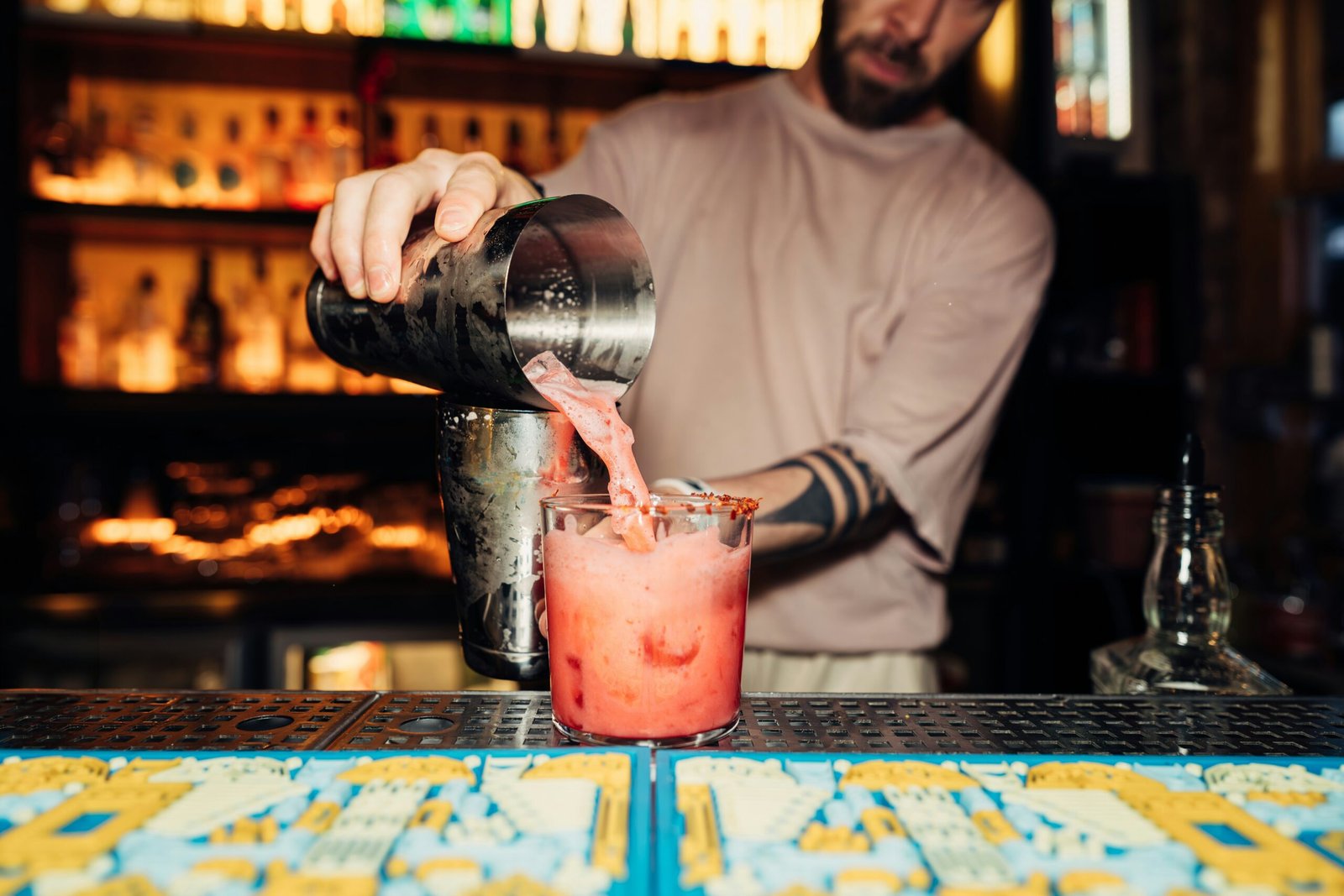
Gen Z is rewriting the rules on nightlife and celebration, shaking up the alcohol industry by choosing to drink less—or not at all. From bars to beverage companies, everyone is feeling the effects of this historic shift as mocktails and wellness-focused drinks take center stage.
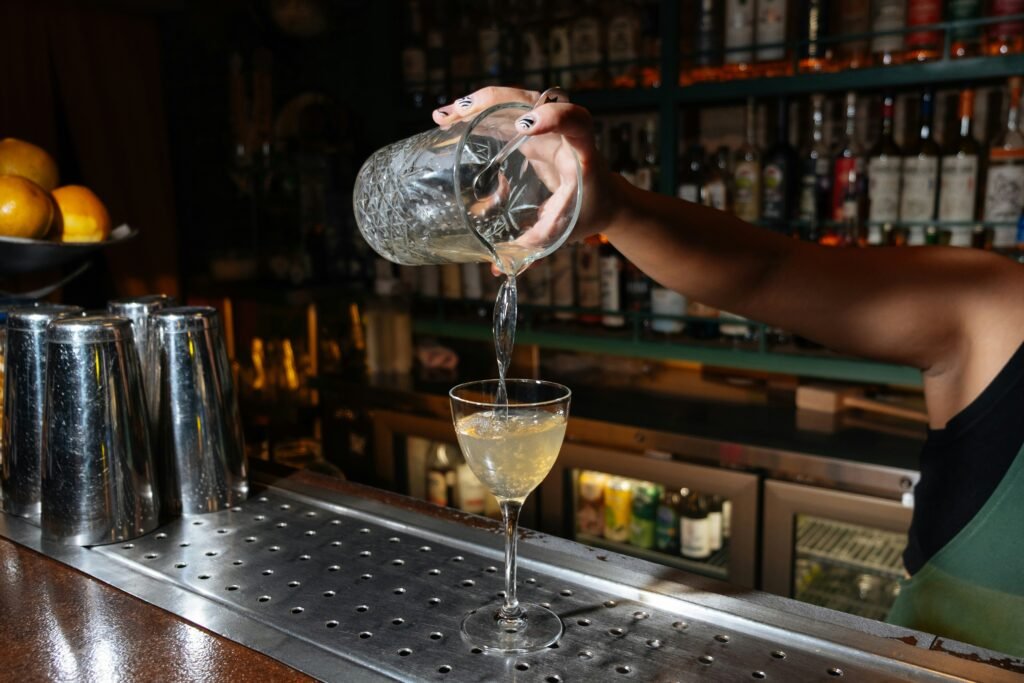
The Dry Generation
Research in 2025 shows alcohol consumption is now lowest among Gen Z, with only 25% reporting regular drinking—compared to 50% of Millennials and about 40% of Gen X. Surveys reveal that nearly two-thirds (65%) of Gen Zers plan to drink less this year, and 39% intend to stay dry all year, not just for “Dry January”. This is more than fleeting resolution—it marks a true cultural transition.
Why Gen Z Is Cutting Back
The motivations behind this shift are clear and multifaceted:
- Health First: Gen Z is wellness-obsessed, prioritizing both physical and mental health. Alcohol’s links to poor sleep, anxiety, and overall health decline are widely recognized by this cohort.
- Economic Realism: Sky-high prices for cocktails aren’t appealing, especially as Gen Z navigates student debt, rent hikes, and economic uncertainty.
- Social Evolution: Fewer in-person parties and a rise in digital socialization mean less peer pressure to drink. Instead, “sober curiosity” and wellness challenges dominate social feeds among young adults.

The Rise of Mocktails and Alternatives
Gen Z isn’t just skipping alcohol—they’re driving demand for appealing, sophisticated alternatives. More than half (52%) of Gen Zers now order mocktails when out, and 48% opt for other non-alcoholic beverages. Flavorful innovations, from CBD-infused coolers to sparkling adaptogen sodas, are reshaping menus across the industry.
This “mocktail moment” isn’t just about abstaining; it’s about experience. Trend-forward bars now offer complex, handcrafted zero-proof drinks. Beverage giants and craft brands alike are releasing inventive non-alcoholic options to entice this new consumer base.

Alcohol Industry—Adapt or Get Left Behind
While Gen Z is the least likely to order alcohol, those who do increasingly seek out premium or unique drinks—quality over quantity. For beverage manufacturers, this is both a challenge and a revolution. Classic beer and spirits brands are scrambling to diversify with non-alcoholic beers, alcohol-free spirits, and more.
Smart brands are following Gen Z’s lead: prioritizing transparent ingredients, health claims, and inclusive products that don’t revolve around getting buzzed. Even as some reports indicate pockets of rising alcohol use in select markets, the overall industry consensus is clear: wellness and moderation are reshaping consumption patterns for good.
The Future Is (Mostly) Dry
Bars, clubs, and festivals are all adapting as more young adults seek connection and fun—without the hangover. As Gen Z influences older generations, expect alcohol-free lifestyles to continue trending, pushing the beverage industry to evolve in ways unthinkable a decade ago.
The bottom line? Booze is out, mocktails are in, and Gen Z is joyfully leading the charge into a healthier, more mindful way to gather and celebrate.
Health
Russia Claims 100% Success With New mRNA Cancer Vaccine

A Medical Milestone—And Many Questions
Russia’s medical community is generating global buzz after announcing that its new mRNA-based cancer vaccine, Enteromix, has shown 100% efficacy and safety during recent clinical trials. Scientists from the National Medical Research Radiological Center, working in partnership with top molecular biology institutes, report that all 48 trial participants experienced significant tumor shrinkage without serious side effects.

How Does Enteromix Work?
Unlike preventative vaccines, Enteromix is a therapeutic cancer vaccine. It combines personalized mRNA technology—tailored to each patient’s tumor mutation profile—with four harmless oncolytic viruses that attack the tumor directly and activate the immune system. This dual mechanism means that the vaccine not only fights cancer immediately but also trains the immune system to respond to future growths. Researchers are optimistic the approach could transform treatment for colorectal cancer first, with plans to expand it to aggressive cancers such as melanoma.
Global Impact and Expert Caution
Russian officials highlighted the vaccine’s free public access and its potential as a source of national pride and scientific achievement. However, international experts urge caution, noting that peer-reviewed data are not yet available, and independent validation is needed before the results can be confirmed. Many details—such as which specific cancers were studied, long-term safety, and broader effectiveness—have yet to be addressed. The complexity of human cancer makes large-scale applicability difficult to predict.

What Happens Next?
While Enteromix is awaiting regulatory approval and further scrutiny from the medical community, Russia’s claims represent an ambitious step forward in the global fight against cancer. If future studies corroborate these early results, the vaccine could mark a profound shift toward personalized, less toxic cancer therapies—putting advanced innovation and public health within closer reach for patients worldwide.
Health
Ozempic Side Effects Spark Multi-Billion Lawsuits

Growing Legal Battle Over Alleged Adverse Effects of Popular Drug
Ozempic, the widely used medication for diabetes and weight loss, is now at the center of a rapidly expanding legal crisis. More than 1,800 lawsuits have been filed against the drug’s manufacturers, with liability estimates surpassing $2 billion. Patients claim that serious side effects caused by Ozempic were downplayed or inadequately disclosed, prompting mass tort product liability litigation.

Understanding the Claims and Legal Process
The lawsuits allege that the companies behind Ozempic marketed the drug without fully warning users of severe risks including intestinal blockages, pancreatitis, kidney injury, and vision problems. These health issues have reportedly led to significant physical harm, emotional distress, and loss of income for many plaintiffs. The cases are being consolidated as multi-district litigation in Pennsylvania to streamline discovery and legal proceedings, though each claim will be evaluated individually.
Juries will ultimately consider the severity of injuries and assign damages accordingly, factoring in physical and emotional harm, as well as financial losses. While some cases may result in settlements, others could proceed to trial, with the earliest court dates expected in 2026.
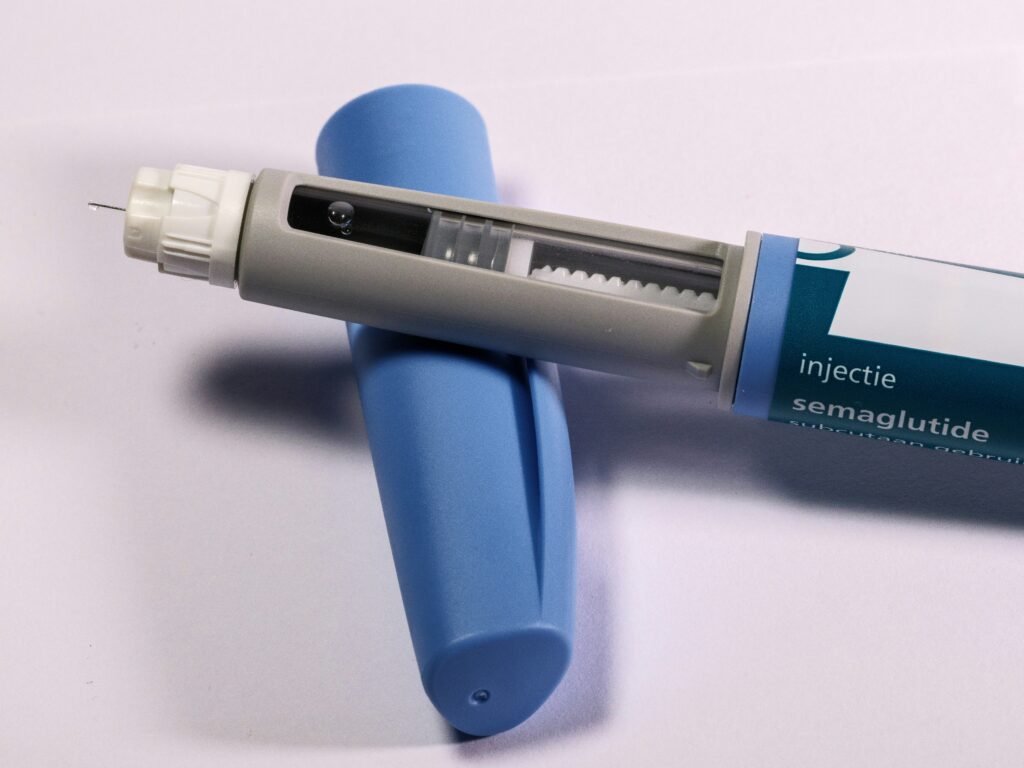
Who Is Eligible to Join the Lawsuits?
Individuals prescribed Ozempic who have suffered serious side effects within the statute of limitations—typically one to three years, varying by state—may qualify to join the litigation. Medical documentation is essential to support claims. As the lawsuits progress, patients seeking justice are encouraged to consult qualified legal counsel to understand their rights and options.
What’s Next in the Ozempic Litigation?
The discovery phase is currently underway, gathering expert testimony and evidence. While the drug maker disputes liability and characterizes some claims as exaggerated marketing language, the scale and potential cost of the lawsuits make settlements likely. This legal battle highlights ongoing concerns about drug safety and the importance of transparent communication between manufacturers and patients.
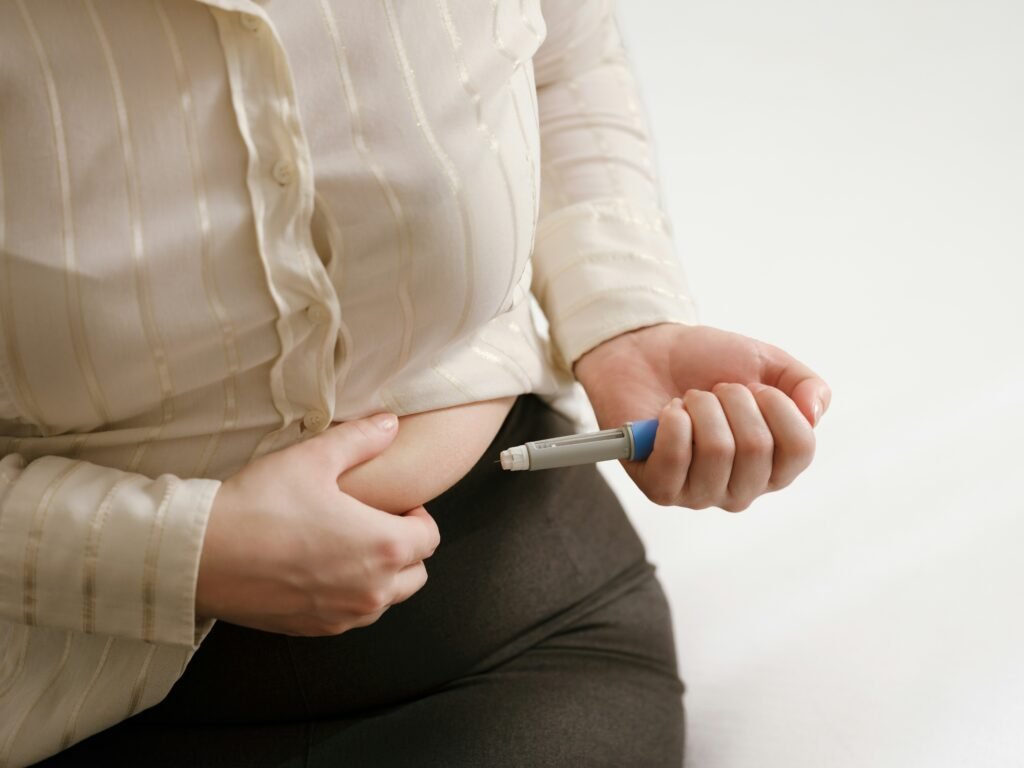
Patients affected by Ozempic’s side effects are advised to act promptly as the window for legal action may close in the coming years. The outcomes of these lawsuits could have significant implications for pharmaceutical liability and patient protection standards going forward.

 Business7 days ago
Business7 days agoDisney Loses $3.87 Billion as Subscription Cancellations Surge After Kimmel Suspension

 Entertainment4 weeks ago
Entertainment4 weeks agoCardi B Faces Ongoing Civil Assault Trial in Beverly Hills Security Guard Lawsuit

 News3 weeks ago
News3 weeks agoWave of Threats Forces HBCUs Nationwide Into Lockdown and Cancellations

 News3 weeks ago
News3 weeks agoCharlie Kirk assassination was a ‘professional hit,’ says ex-FBI agent

 Politics3 weeks ago
Politics3 weeks agoProminent Conservative Activist Charlie Kirk Shot During Utah University Event

 Entertainment3 weeks ago
Entertainment3 weeks agoActor Derek Dixon Accuses Tyler Perry of Sexual Harassment in $260 Million Lawsuit

 Film Industry3 weeks ago
Film Industry3 weeks agoThe Harsh Truth About Filmmaking That Nobody Tells You

 Entertainment7 days ago
Entertainment7 days agoWhat the Deletion Frenzy Reveals in the David and Celeste Tragedy

